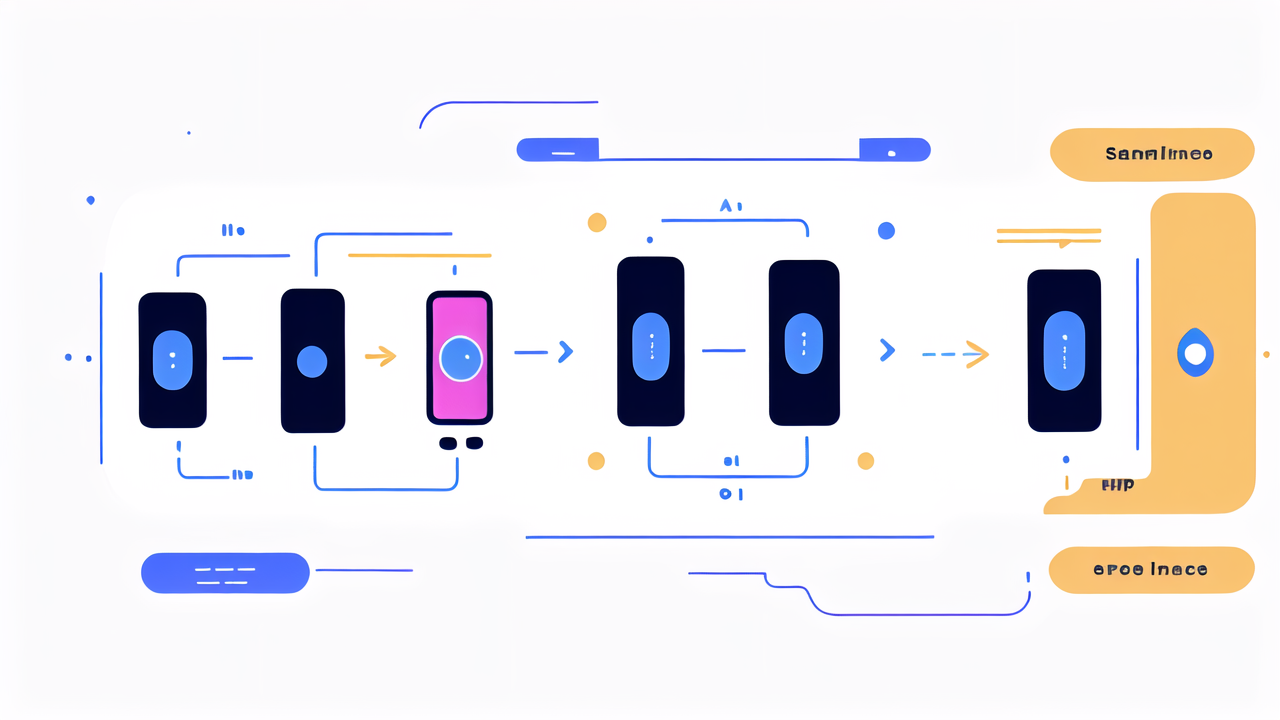The Evolution of Smartwatches in the Health Care Landscape
A Brief History of Wearable Technology
Wearable tech has come a long way since its early days. The first smartwatches were simple devices. They could tell time and do basic calculations. But they lacked health features. As technology advanced, so did smartwatches. They began to include fitness trackers. These could count steps and estimate calories burned. This was just the beginning. The real revolution came when smartwatches started to focus on health monitoring. They became more than just fitness tools. They became powerful health devices that could track vital signs and more.

Technological Advancements in Smartwatches
The tech in smartwatches has grown by leaps and bounds. Early models had basic sensors. Now, they pack advanced tech into a tiny package. Modern smartwatches have powerful processors. They can run complex health algorithms. Their sensors are more accurate than ever. They can track heart rate, blood oxygen, and even ECG. Some can even detect falls or irregular heart rhythms. The battery life has improved too. Many can now last for days on a single charge. This makes them more practical for continuous health monitoring.
The Integration of Smartwatches with Health Systems
Smartwatches are no longer standalone devices. They now integrate with broader health systems. Many can sync data with electronic health records. This lets doctors see trends in a patient's health over time. Some hospitals use smartwatches to monitor patients remotely. This is especially useful for chronic conditions. Patients can share data with their doctors in real-time. This allows for quicker interventions when needed. The integration goes beyond just data sharing. Some smartwatches can now trigger emergency calls if they detect a health crisis.
Key Features of Modern Smartwatches for Health
Heart Rate Monitoring and Its Importance
Heart rate monitoring is a key feature of modern smartwatches. It's not just for fitness anymore. Continuous heart rate tracking can reveal a lot about overall health. It can detect stress levels and sleep quality. Some watches can even spot irregular heartbeats. This can be a early warning sign of serious conditions. Users can set alerts for high or low heart rates. This feature has already saved lives. Many users have discovered heart issues they didn't know they had. Heart rate data over time can also show fitness progress. It's a powerful tool for both health and fitness goals.

Advanced Sleep Tracking Capabilities
Sleep is crucial for health, and smartwatches are getting better at tracking it. They don't just log how long you sleep. They can now analyze sleep quality. Many can detect different sleep stages. They track light sleep, deep sleep, and REM cycles. Some can even measure blood oxygen levels during sleep. This can help detect sleep apnea. Users get detailed sleep reports. These show patterns and suggest ways to improve sleep quality. Some watches offer smart alarms. These wake you at the optimal point in your sleep cycle. Better sleep tracking leads to better sleep, and better overall health.
Integration with Health Apps and Ecosystems
Smartwatches don't work alone. They're part of larger health ecosystems. Most sync with smartphone apps. These apps provide deeper insights into health data. They can show trends over time. Many integrate with other health and fitness apps too. This creates a complete picture of your health. Some watches work with third-party health services. They can share data with dietitians or personal trainers. Many also connect to smart scales or blood pressure monitors. This creates a comprehensive health tracking system. The goal is to make health monitoring seamless and easy.
Regulatory Impact and User Acceptance in the United States
Compliance and Regulations for Health Wearables
As smartwatches become more like medical devices, regulations increase. In the US, the FDA oversees health wearables. They ensure these devices are safe and effective. Some features need FDA approval before they can be used for medical purposes. This includes ECG functions and irregular rhythm notifications. Companies must prove their devices are accurate. They also need to show they protect user privacy. HIPAA laws apply to health data from smartwatches. This means strict rules about how data is stored and shared. These regulations help build trust in smartwatch health features.

Consumer Trends and the Adoption of Smartwatches
Smartwatch adoption is growing fast in the US. More people see them as health tools, not just gadgets. Older adults are a growing market. They value the health monitoring features. Younger users like the fitness tracking aspects. Many insurance companies now offer incentives for using smartwatches. This is driving adoption even further. People are becoming more comfortable sharing health data. They see the benefits of continuous health monitoring. The COVID-19 pandemic has also boosted interest in personal health tech. More people want to track their vital signs at home.
The Future of Wearable Technology in Health Care
The future of smartwatches in healthcare looks bright. We can expect even more advanced sensors. These might track blood sugar or blood pressure without needles. AI will play a bigger role in analyzing health data. This could lead to early detection of diseases. Smartwatches might become key tools in clinical trials. They can provide real-world data over long periods. We may see more integration with telemedicine services. Your watch could schedule a doctor's call if it detects a problem. As technology improves, smartwatches will become even more central to personal health care. They're not just fitness trackers anymore. They're becoming an essential part of the healthcare system.




Leave a comment
This site is protected by hCaptcha and the hCaptcha Privacy Policy and Terms of Service apply.